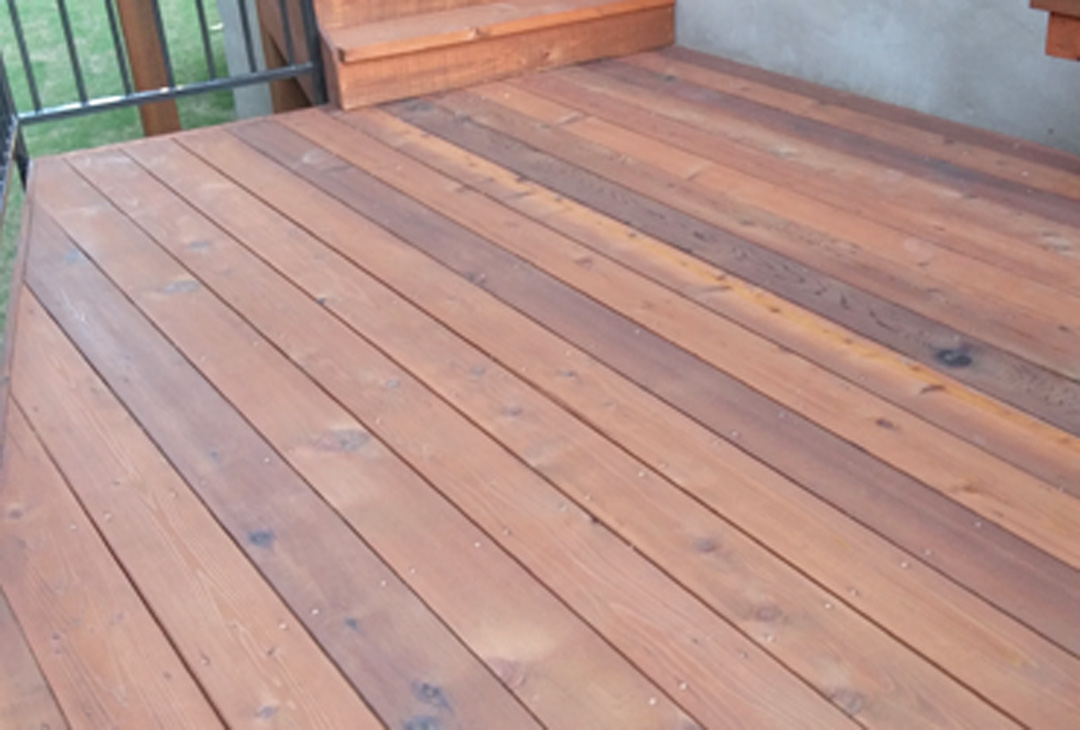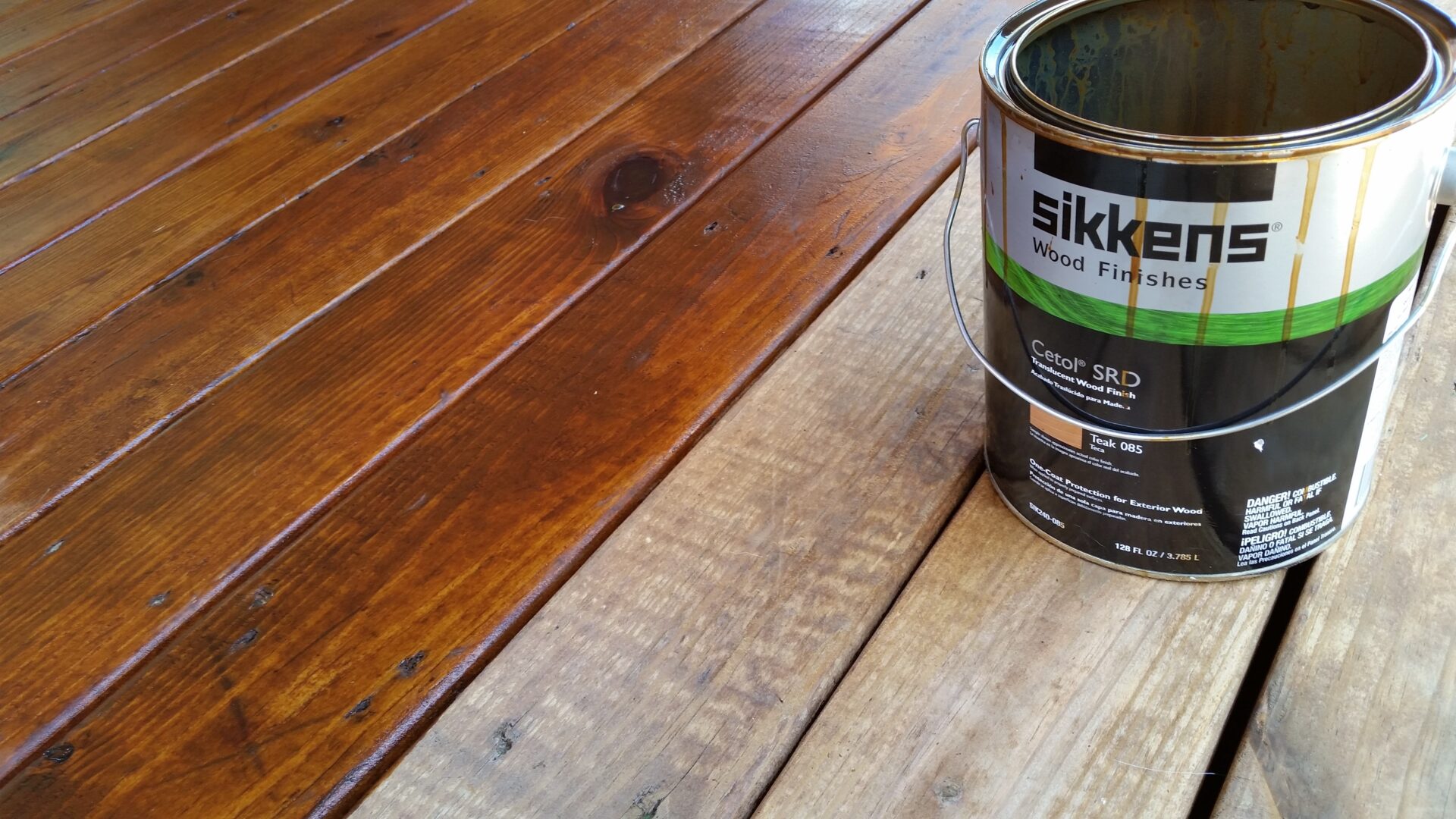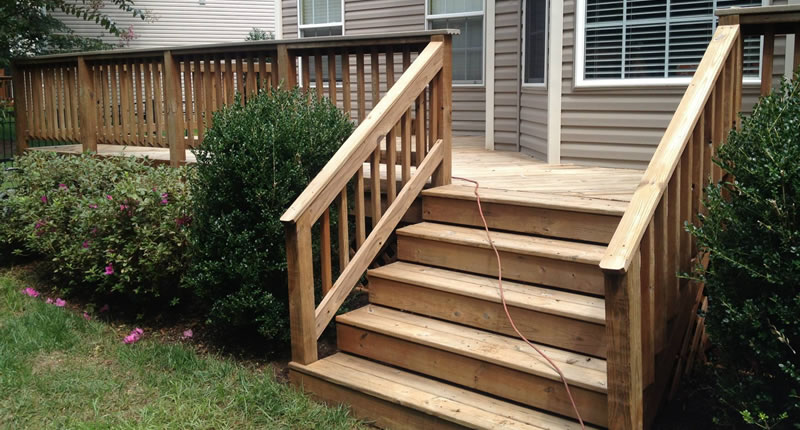Deck Discoloration 101: Every Little Thing You Required to Know for a DIY Project
From preparing the deck surface area to selecting the best kind of stain and grasping the application methods, each step plays a vital role in accomplishing a specialist finish. Join us as we unwind the essential guidelines and insider pointers for grasping the art of deck discoloration, ensuring a successful Do it yourself task that will leave your deck looking impressive.
Value of Deck Discoloration
Deck discoloration is a necessary upkeep job that maintains the long life and look of outside wooden structures. By applying a layer of tarnish to the deck's surface area, you produce a protective barrier that helps prevent dampness penetration, UV damage, and rotting of the timber.
In addition, deck discoloration improves the natural charm of the wood by highlighting its grain and texture. It offers an opportunity to tailor the look of the deck by selecting from a variety of tarnish shades and surfaces. Whether you like a transparent stain that showcases the timber's all-natural color or a strong discolor that adds a pop of color, the best stain can boost the overall visual of your outside space. In essence, normal deck discoloration is an easy yet effective method to ensure your deck continues to be structurally sound and aesthetically pleasing for years ahead.
Deck Prep Work Steps

After cleansing and fixing, fining sand the deck is needed to smooth out harsh surface areas and open up the timber's pores to much better take in the discolor. Once the deck is clean, completely dry, and smooth, shield any type of close-by plants, furniture, or surfaces with a drop cloth prior to using the deck discolor.
Choosing the Right Stain
Picking the ideal tarnish for your deck is a critical choice that straight affects both its appearance and longevity. When selecting the best stain, there are numerous variables to think about to guarantee a successful DIY task.
Firstly, you require to choose in between transparent, semi-transparent, and strong stains. Clear stains enable the natural grain of the wood to reveal through yet use marginal protection versus UV rays and wetness. Semi-transparent discolorations give a concession in between color and defense, while solid spots supply one of the most security but cover the wood grain.
Following, consider the kind of timber your deck is made of, as various discolorations work better with specific timber click here to find out more species. For redwood, example and cedar decks frequently look best with a semi-transparent or clear discolor to highlight their all-natural elegance. Pressure-treated timber might take advantage of a solid discolor to hide blemishes.
Lastly, consider the environment in your location. If you experience harsh winters or intense sunlight, go with a tarnish with UV defense and resistance to severe weather. By very carefully taking into consideration these components, you can choose a discolor that enhances your deck's visual appeals and durability.

Applying Discoloration Correctly
When thinking about the application of tarnish to your deck, it is necessary to pay attention to the certain attributes of the tarnish picked and just how it interacts visit with the type of timber and ecological problems formerly mulled over. Prior to beginning the discoloration procedure, make sure that the deck surface area is tidy, completely dry, and devoid of any kind of previous coatings or debris. It is recommended to test the chosen tarnish on a tiny low-profile location of the deck to ensure compatibility and accomplish the preferred color and coating.
Use the discolor along the size of the deck boards to stop uneven merging - deck staining near me. It is crucial to work with the timber grain to improve the all-natural beauty of the deck and enable for far better penetration of the tarnish.
Maintenance and Care Tips

Another vital aspect of deck look at here now maintenance is securing it from the components. Think about using a waterproof sealer every few years to protect the wood from dampness damages. Addressing any mold or mildew quickly is crucial to avoid them from creating architectural injury to your deck. Routinely trimming nearby vegetation can also stop fallen leaves and branches from collecting on your deck and creating possible damages.
Conclusion
In conclusion, deck discoloration is a vital action in preserving the appearance and long life of your outside area. By correctly preparing the deck, choosing the appropriate discolor, using it appropriately, and adhering to maintenance suggestions, you can ensure a gorgeous and long lasting coating that will last for many years to come. Keep in mind to routinely check and care for your tarnished deck to maintain it looking its best.
Join us as we untangle the necessary guidelines and expert tips for mastering the art of deck discoloration, guaranteeing an effective DIY project that will certainly leave your deck looking impeccable. - deck staining companies near me
In significance, routine deck discoloration is an easy yet reliable method to guarantee your deck remains structurally audio and aesthetically pleasing for years to come.
When the deck is tidy, dry, and smooth, secure any kind of close-by plants, furnishings, or surface areas with a decrease cloth before using the deck stain.Next, consider the type of timber your deck is made of, as various stains work much better with particular wood types.When taking into consideration the application of stain to your deck, it is necessary to pay close focus to the particular features of the tarnish chosen and exactly how it engages with the kind of timber and environmental conditions previously pondered.